Episode #13: Why all Companies must adopt a data-driven model
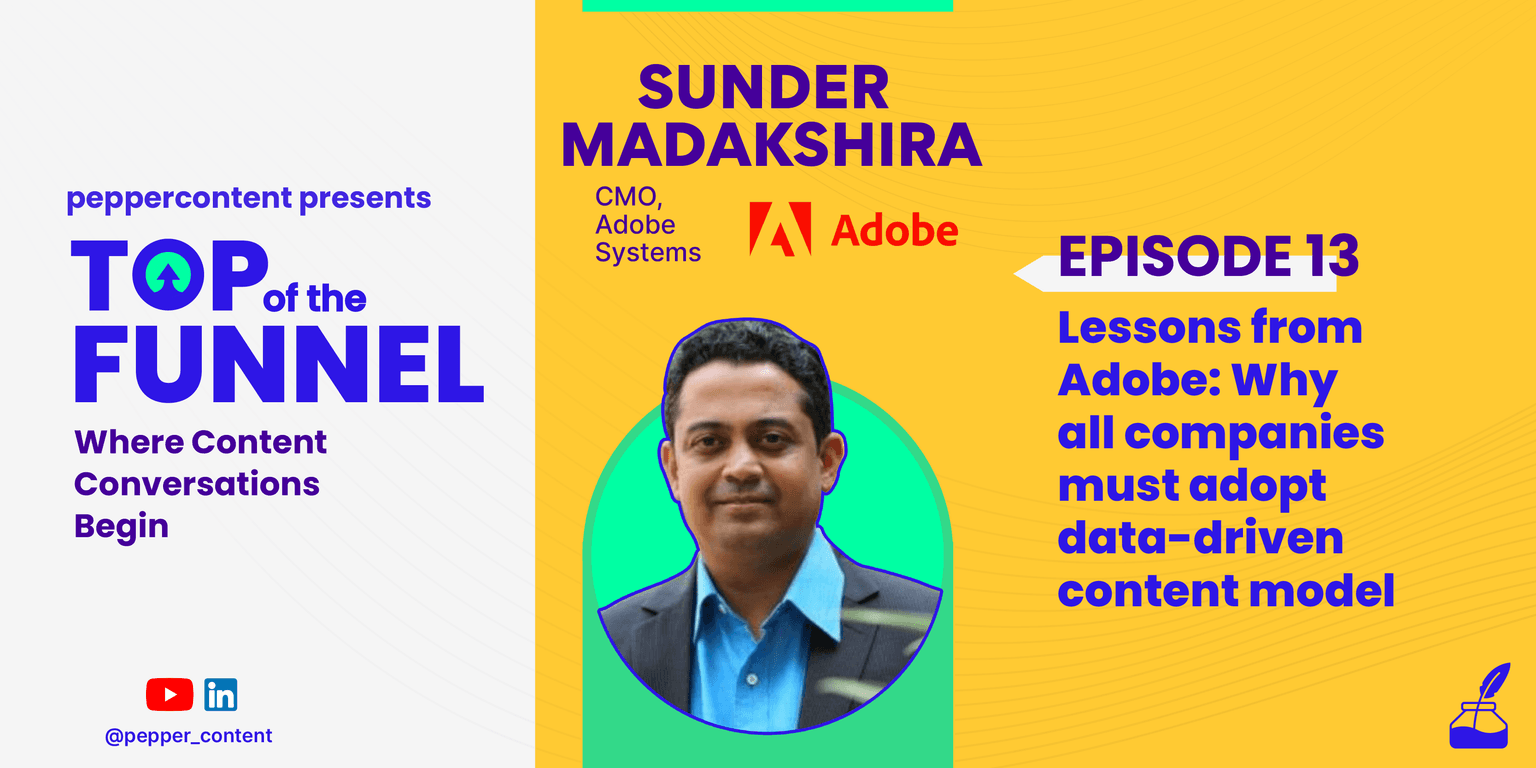
Data-driven decisions help companies make more informed decisions for their customers. Businesses can set realistic goals and get other investors on board with a clear vision. The information must be extracted and collected systematically to interpret. The digital landscape is ever-evolving. And, the generated report would guide the company in analyzing future trends.
Accurate data collected from the company website and social media traffic, or any other metrics you would want to track, combined with a well-planned strategy would help your company get the most out of the process. Natasha Puri, Content Marketing Lead at Pepper Content, talks to Sunder Madakshira, the CMO of Adobe India about the power of data-driven decision making and why should companies adopt such a model.
Natasha Puri: Hello everyone. Welcome to the Top of the Funnel, the series where conversations about content begin. There’s a famous quote that goes, “the rules that experience suggests are better than those which theorists elaborate in their libraries.” Our guest today is a personification of this quote. He has about 25+ years of experience under his belt. He is none other than Sunder Madakshira, the Chief Marketing Officer at Adobe Systems, India.
He has been in leadership roles for over 25+ years in companies across B2B and B2C spaces like Hindustan Unilever, Visa, Wipro, SAP, Infosys. He is considered to be the pioneer of data-driven operating models. This chat promises to be very informative and insightful. Data is the backbone of digital marketing, as we know it. I am so glad that Mr. Sunder Madakshira has taken out the time to be a part of the Top of the Funnel series today. So, let the content conversations begin! Welcome, Mr. Sunder.
Sunder Madakshira: Thank you Natasha for having me. I would like to believe that whatever we construct at the Top of the Funnel goes down and gets constructed into a business opportunity. Looking forward to this chat show!
Natasha Puri: Let us start from the very beginning. I would love to know about your journey. How have you seen the evolution of digital and content marketing within it?
Sunder Madakshira: It has been a fantastic couple of years, working for the best brands, with some of the most exceptional marketing minds that have existed in each of these organizations. Each of them had a very different charter and different ways in which they wanted to reach their customers. What they had in common is a huge passion to do their best and make their brands stand out in a cluttered environment. If I look back on these years, the role of digital marketing started somewhere around 2011. I used to work with SAP back then. Digital platforms began to be counted as something other than engagement platforms.
Now, social media is the cornerstone of digital marketing. It has been a very steep rise. Content marketing has always been there. The biggest value that marketers can add to a business is to give perspective to their consumers, helping them to make up their minds, delivering value from the product or service they are looking at, and ensuring that they are convinced of whatever purchase they have made.
Content marketing is right at the center of this whole piece. Content marketing has always been a huge part of my career, since the early years. Digital marketing has evolved quite recently.
Natasha Puri: How does the role of content differ in the B2B and B2C context?
Sunder Madakshira: Depending on the product line and category, it would typically use mass media. B2B has a quite finite approach to their customers. It is not small, but finite. A lot of B2B companies also want to reach out to their customers. The prime line of difference between the B2B and the B2C space comes in the channel, message, and the call to action. In the B2B space, the call to action must be very pronounced. Sales, in terms of the number of terms, must be visually short. Therefore, your interventions are very calibrated, very focused on what you want to achieve. There is an outcome expected at the end of every marketing intervention. There is a lot of expectation on marketing ROI. This is because the investments can be high. The returns have to be very proportionate. As they are finite and measurable, a data analytics platform can help you track these metrics very well. You can circle up rather easily.
In the case of B2C, a lot of effort has to be given to achieve the same thing. It is an omnichannel situation. Mass media gets you marketing information from multiple sources. You need a very robust platform to be able to integrate that, make some sense out of what you are doing, and plan your future strategy. This is very difficult to do, but probably more exciting. I think both the spaces bring their sense of ownership and novelty in the picture. As I say, there is never a dull moment in marketing. Wherever you are, it is something that keeps being interesting.
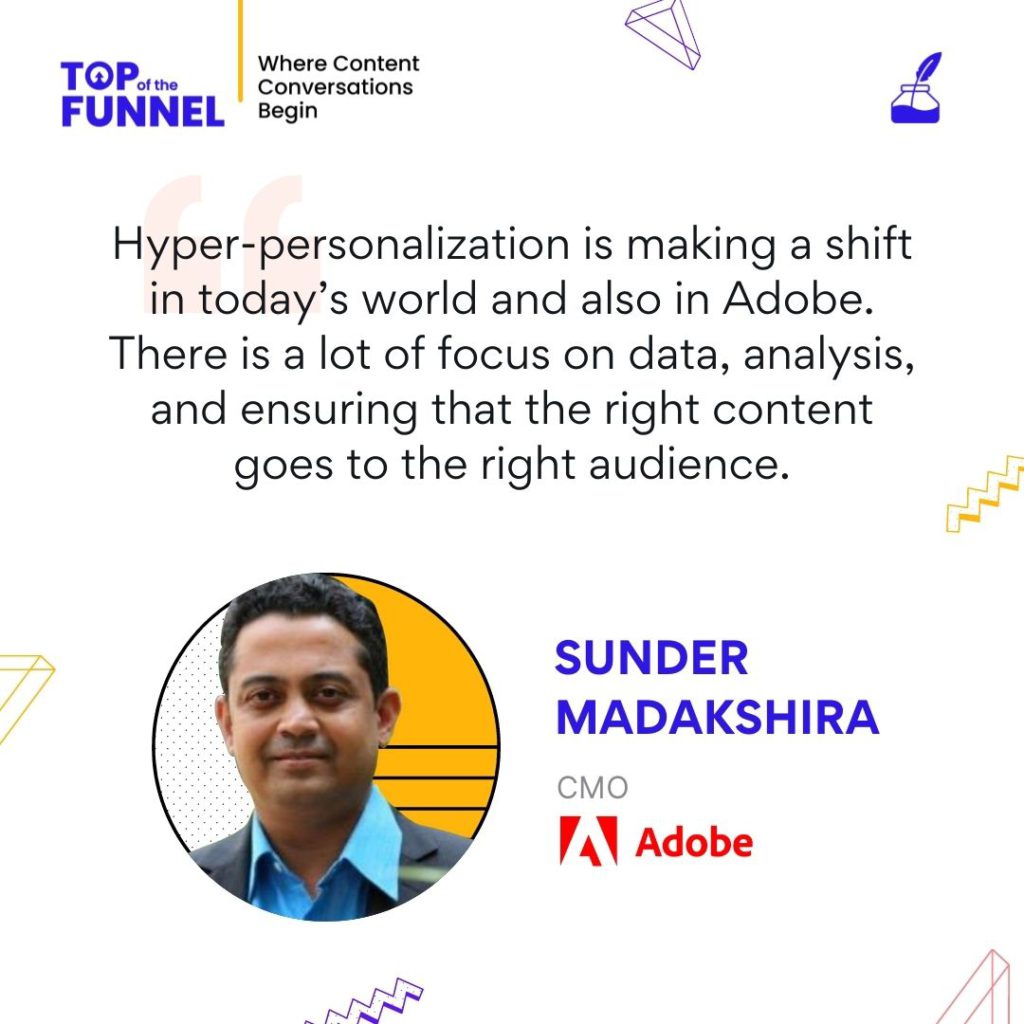
Natasha Puri: How has the role of content evolved in marketing among your team in Adobe? Is there something specific you can talk about? The campaigns, perhaps?
Sunder Madakshira: It is possible in today’s world to be very personalized. Hyper-personalization is making a shift in today’s world and also in Adobe. There is a lot of focus on data, analysis, and ensuring that the right content goes to the right audience. There is a change in the texture of the content. We use a lot of videos, audio, and text content. There has definitely been a shift there.
Once we have created the content, we want to make sure that we are talking to the right audience, sending relevant content to them with the right message at the right time. If a person is not aware of our product and gets some advanced content from us, it will not make sense. You have to tailor your content to the current scenario that the customer is facing. Thanks to the data-driven operating model, D-Dom, we have evolved a lot. It helps us get to scenarios, where we can personalize our content.
At the extreme of this side is the ABM, account-based marketing. It is very specific to accounts, the buyer group we are targeting, and not any individual, It is very centered around larger accounts, digital accounts, or transformative accounts. They play a very important role in ensuring the complete digital transformation of companies.
Content is very important. This advanced approach helps us to reach this content to the right audience at the right time. Content, for them, is a must. It is relevant to a lot of people. In Adobe’s case, we have a lot of agencies, digital marketing agencies, which receive our content. Many digital marketers are looking at things from a data perspective, so they want to use our content. It is very interesting. I am very confident that in about four years, our approach will be sharper and more targeted in getting to our customers.
Natasha Puri: Could you summarize two to three pillars of content marketing at Adobe?
Sunder Madakshira: One of those pillars would be thought leadership, pieces that engage people at the strategic level and give them a sense of direction of where they are going, gives a vertical industry insight into what the role of digital marketing would be, and help them make up their mind, build their vision in the digital world. This constitutes a broad part of our content.
Another aspect of our content is education and entertainment. It is centered around telling people and answering questions around ‘How to do X?’ and how to get started, once they have brought a solution, how to implement that solution.
What are the things that I should be measuring? By when? Think about a business case up for adoption. How do I show value to my company? How do I make a business case that is realistic and visionary? This is a broad spectrum of the second market.
The third aspect is more towards engagement. A continuous stream of content comes in, updating them about our things, what have we learned from another company in the same industry, and how inspiring it is to follow that, largely tech and organizational challenges, also governance and compliance challenges, which are very specific to industries, and so on. It helps our customers be up-to-date on what is happening in our complex world and helps them understand and get the relevant content. These are the broad strategic pillars of our content marketing strategy.
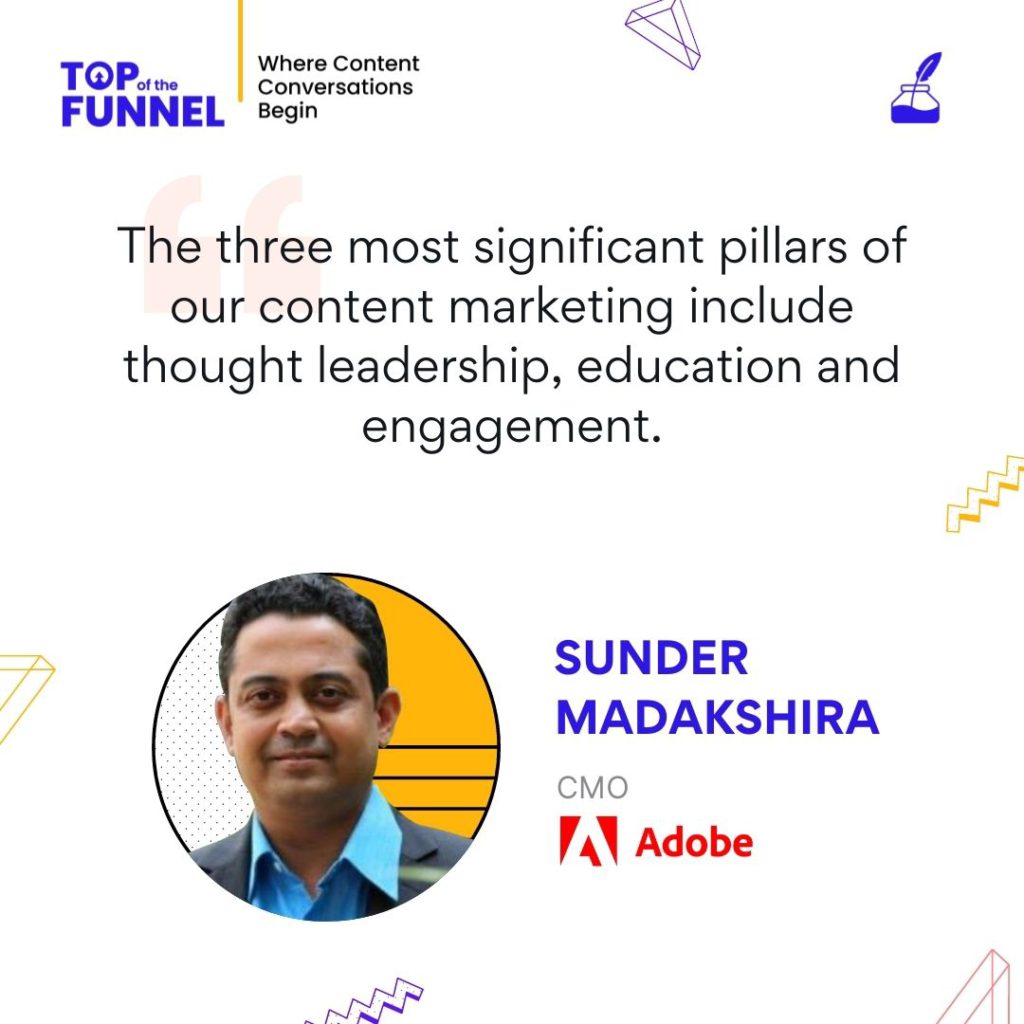
Natasha Puri: You mentioned ROI becoming a very important part of B2B marketing. This is a very controversial question as most companies are not able to put that ROI when it comes to content. It becomes one of those creative things that you are doing. ROI becomes difficult to map. How has Adobe solved that problem, mapping the ROI of content marketing and all those efforts that you are making?
Sunder Madakshira: It becomes complex and controversial, only when it is not done the right way. People are claiming things that are not necessarily true. It could be a judgemental error in the way that they are looking at tracking the investment made in marketing. You have got to get it correct. No system is perfect. If you are looking for that perfect system to bring out the perfect solution and track perfect metrics, you are never going to learn. You can poke holes into every measurement system and make it better. There is always an opportunity to make it better.
When you are trying to get better, you need a feel of what you need to change. It might not always give you very sharp pointers. This is why you have a CMO, who owns that responsibility and uses a very important thing, which will always stay in vogue, called judgment. He needs to have a very strong sense of judgment on what he/she is looking at in the marketplace. They have to combine it with not only data but also qualitative aspects. There is the dashboard data and also, qualitative aspects. Then, they can lean into typical business metrics like increased revenues, increased profits, increased category penetration, increased market share, increased share of value, and so on.
At Adobe, we went on a journey of evaluating the data-driven model around three years back. We started to look at data at a granular level, data coming in from marketing and leads. How are we able to attribute these to marketing and non-marketing activities? How is the proportion? How is it falling in place? We used rudimentary analytical tools. Over the last few years, we have evolved.
I can safely say that we are one the best and qualified in terms of B2B D-Dom adoption. In this field, things are evolving so fast that if you do not do anything for three months, you become a laggard. As a company, you must always seek to learn.
The best part about my career as a marketer at Adobe is that I always get to speak to marketers and learn so much. Although I am a B2B marketer, my discussion is always with other marketers. I would say start on the journey. Do not wait for the perfect answer. If you start, you will get somewhere. If you keep waiting for the nine stars to be aligned in your favor, it might take a long time for you to get started.
Natasha Puri: If someone is beginning their journey of integrating content into their marketing framework, what would your advice be? It is very data-centered. I feel like data is the backbone of your entire marketing play. It also includes content. What are some things that you would tell a smaller enterprise taking up content and shaping their marketing strategy around it? What would your advice be to them?
Sunder Madakshira: My biggest advice for them is to start with an end goal in mind. You have to know what you will get out of any exercise. For example, if you have a bunch of content streams and target customers in mind, with their personas, it is a good idea to look at what success looks like in six, three, or twelve months.
Keep things realistic. There are two kinds of people in this world, one half, who does not believe in digital marketing. The number is steadily depleting. On the other hand, some people are executing too much from digital marketing. Every channel has its plus points and constraints in many ways.
It is dependent on how mature you are. It is not a switch that you can turn on with an unprepared approach and start expecting that it will shower dollars. It won’t work. It takes a lot of effort to reach that level of preparedness. It is very crucial. Setting that picture of success in 20, 30, or 90 timeframes, over two to three years is very important. You must establish some checkpoints to track whether you are delivering on time.
You must start implementing. Do not say that till you buy that great tool, or that huge onus of data, or can integrate all the data in the company, you won’t start. Be aware of what you are putting in the database so that you know the factors. Look at your current database and start working on it. For example, you have certain returns from your marketing investment from television and it is an overwhelming number. What you have got from your website is not that interesting. The data input has been like that so, it has to give a weighted average. It does not mean that your website is any less effective. It means that you have made a conscious decision.
Pick up one area and show your impact. We often ignore it but organizations are also humans. All endeavors that we lead, need confidence. To get that confidence that whatever you are doing is right and will bring success, you need to make your team believe it too. You need to blowback those quick wins into the people in your organization. It will instill the message that we have come a long way The organization is looking for very concrete outcomes, big or small. The people would know what to focus on internally, then. Most of them are smart to make an estimate. The company will not get support if they fail to project the outcomes that we have gained systematically.
Natasha Puri: This sounds like such an excellent framework to operate within. At this point, no interview would be complete without talking about Covid. Do you think Covid-19 has put the spotlight on content marketing in a way like never before and have you felt a difference here? Are there any learnings that you would like to share based on this strange period that we have gone through over the last one and one and a half years?
Sunder Madakshira: Digital communication has been booming as other forms of communication have not been there. If you are a financial institute, or in the retail sphere, your point of purchase has changed completely. Nobody watches television these days, other than the IPL maybe. There has been quite a dip in television production. OTT content does not lend itself to advertising, though there are some opportunities there too. The opportunity to advertise has gone down. So, there has been a lot of focus on digital content. I think companies have begun to take digital content seriously because it has the potential to make a difference for their customers.
Again, you have to be smart. This is where the data comes in. The data that you collected before the advent of Covid is still useful. They are important in the sense that you cannot repeat these patterns post corona. People who bought a lot of consumer durables last year, which were relevant to the summer months would not hold for this year. We were stuck during the second wave at home. Nobody would think about buying a refrigerator during such times. Many previous patterns have collapsed since then. We have to identify the potential in these areas and use them. For example, an insurance company is suddenly seeing a spike in young people availing life insurance. It was not the case before.
In terms of content, the kind of experience and information that young people want are very different. They want to buy insurance but also sign up for an OTT subscription. This is the famous thinking about liquid expectations. They are moving from one channel to another, but as customers, their expectations remain the same. It is not just about corporates, but also from other agencies.
For example, the kind of experience they would expect from the ICICI app is the same as that of the RTO test app, which is meant for vaccination. The approach to content has changed. Customer relationships have to be more agile. We have to look at what kind of content has to be sent out to whom.
Many families, corporates, and agencies have had to endure several challenges to combat Covid. A lot has been disrupted. But, Covid has also impacted another channel. We can’t develop the traditional content on channels anymore. Whatever you had as a rickety digital marketing plan, is not going to work anymore. It has to be robust and adaptable. Unfortunately, there are still a few months, almost a year to go for Covid to pass. The future is never a recreation of the past. We always try to do that, which can have its follies.
Natasha Puri: You have spoken a lot about the channel. Which comes first-the channel or the content?
Sunder Madakshira: I have to say content. I am very biased here. If you have great content and you distribute that well in the form of viral videos, it will make an impact, especially in the B2B scenario. You have got to be very aware of that. In this world, it has to be content first. If you have mediocre content, the best channels in the world would not help. People remember the content. The content will guide the call to action. You also have to buckle up your marketing strategy. It is not one over the other.
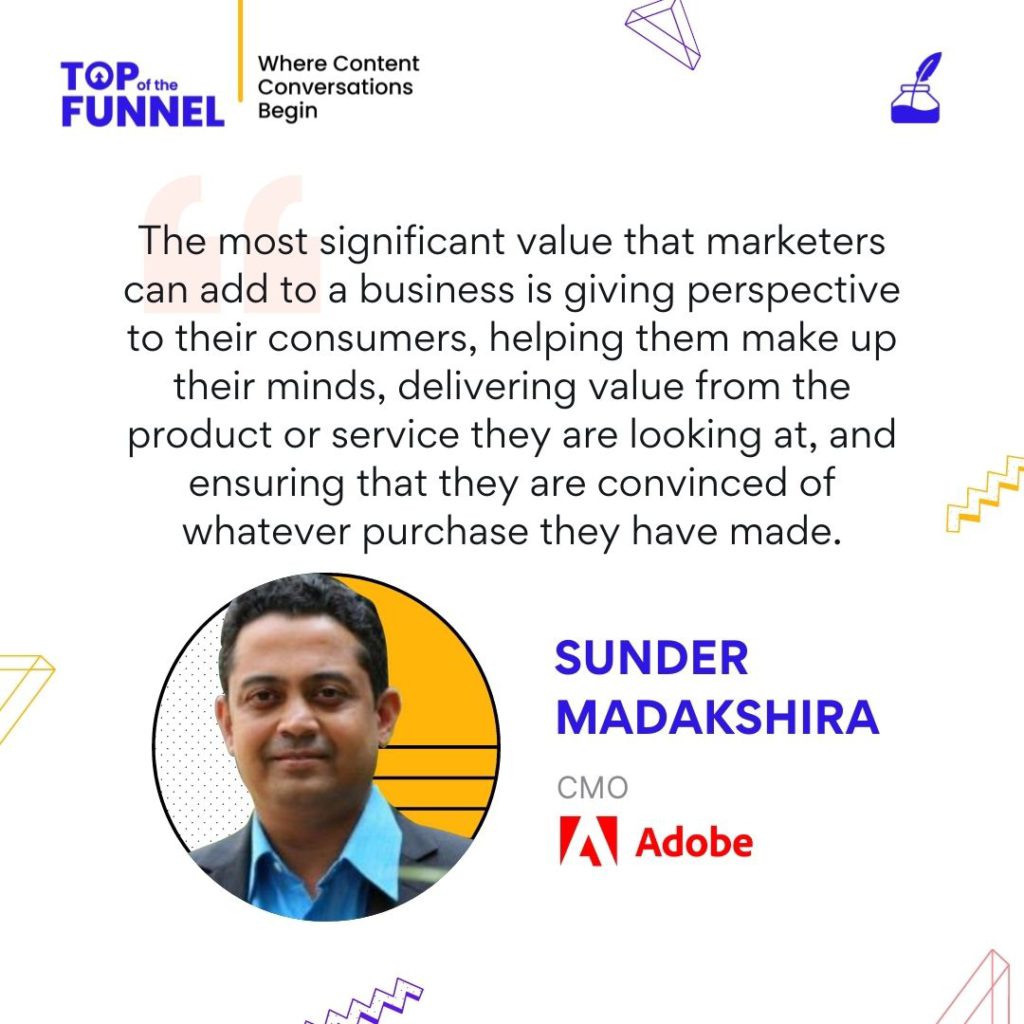
Natasha Puri: What does the future of the digital space and content look like for you?
Sunder Madakshira: I think the future is very bright, not just for us, but also for our customers, employees, partners, and everybody. We are just getting started. Many new things are coming up. Real-time CVP, and experience platforms, and so on are aims that are completely geared towards customers. For the first time, we have a lot of new and exciting products, which are improvising. There has been a big shift in e-commerce platforms.
Traditional sellers are looking to reform their e-commerce websites because they are seeing the potential for long-term gains. Having a platform of your own and not just other e-commerce sites is yielding a lot of benefits. If I think back to our first question where you asked me on my journey, the future is going to be dependent on customer relationship management that we can provide for our customers. It will be a long and exciting journey. We are just getting started.
Natasha Puri: Customers, especially new and well-informed customers are more at the center. The challenges become multifold to satisfy them. Thank you so much. I have to go back to this video and take the learnings to heart.
Sunder Madakshira: Thank you so much for having me.
Latest Blogs
In this blog, explore the golden rules of using AI marketing tools so you can leverage the benefits to their maximum potential.
In this blog, you’ll learn how to avoid the pitfalls of SEO over-optimization while enhancing your site’s performance.
In this article, we’ll take a look at what AMP is, its advantages and disadvantages, and how it affects SEO.
Get your hands on the latest news!
Similar Posts
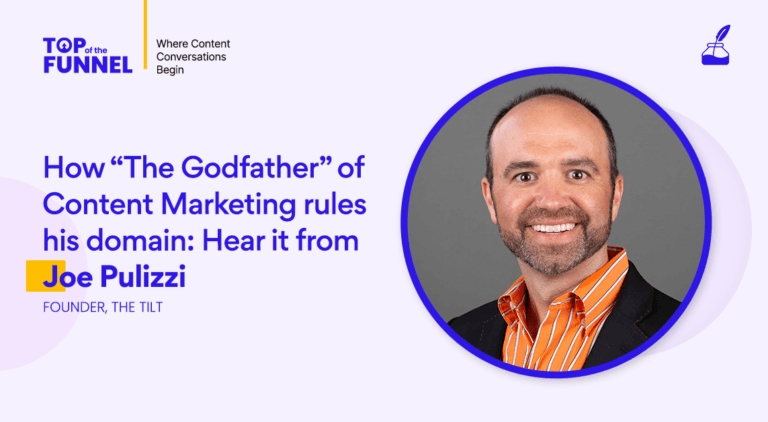
Expert Speak
18 mins read
Season 2 Episode #1 How “The Godfather” of Content Marketing Rules His Domain: Hear It From Joe Pulizzi
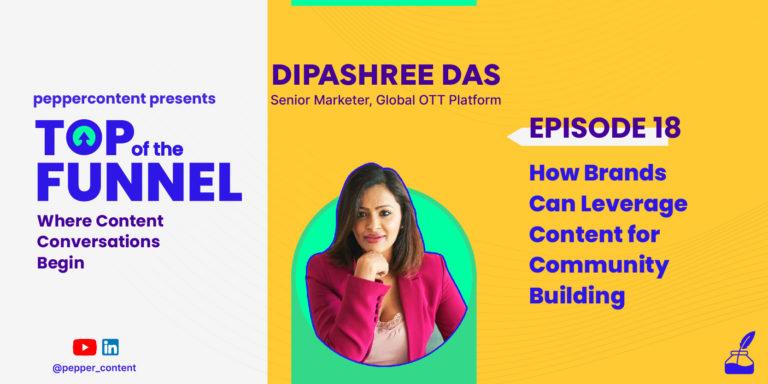
Expert Speak
16 mins read
Episode #18: How Brands Can Leverage Content for Community Building
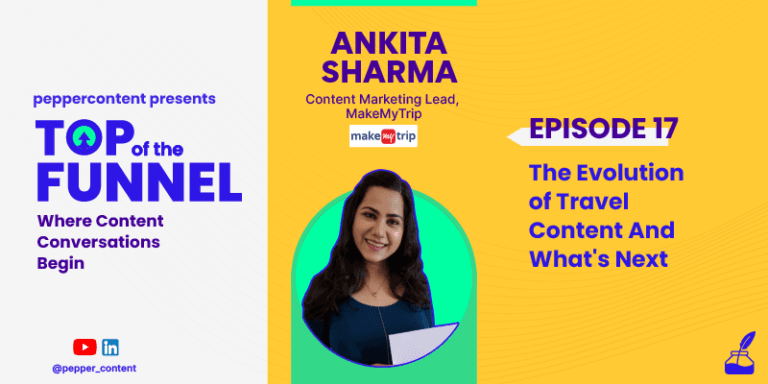
Expert Speak
11 mins read